Once you have welcomed a four legged friend into your home, not only do you have a new family member, but you also have a responsibility! Your pets are dependant on you for food, shelter and of course affection. You are their tribe!
Pet Insurance is a way to help you ensure your pet can be healthy and hopefully live longer. Giving you ever more opportunity to make the most of their endless capacity to love you.
Once they are ensconced in the family, what they mean to you is far more than the price you would have paid. But of course most of us wouldn’t want to think of a price – ie how much we would be prepared to spend – if they were ill or injured, would we?
When you have pet insurance in place it can mean you dont have to make decisions around the care of your pet which are based on the finances. Decisions can be made which are more about their well being, and their capacity to enjoy life.
Not only are vet costs increasing in Australia, but the range of options for treating pets is growing with technology. This means that pet owners can end up paying a hundreds if not thousands of dollars in vet costs when an illness or accident strikes. If you dont have a saving plan, or spare cash you may be forced into a difficult life and death decision for your pet, based on the financial consideration. Whilst a credit card can come in handy, interest payments would generally make this an expensive option. It can be devastating for families to end up in this situation.
Like insurance for your car or your home, pet insurance helps by paying a monthly amount so that if the worst happens you can tap into the insurance which will pay a major part of the vet’s bill.
How do you go about finding the pet insurance for you?
a) Is pet insurance for you?
Pets are no different to humans when it comes to accidents and illnesses. And with it, comes costs which need to be factored in when you get a pet. Even if you have a cat that is kept indoors it doesn’t necessarily mean that the cat would be free from accidents and illness. They can still eat wierd stuff, and injure themselves. Whilst it’s true that an outdoor cat may be more susceptible to picking up diseases and having accidents, even indoor cats can still get diseases, in particular those that may be indicated for their particular breed.
If you have adequate savings set aside pet insurance may not be for you. You can effectively “self insure” and take the risk of being hit with a big bill. Of course if you dont feel emotionally connected to your pet then again, pet insurance may not be for you.
2) How much cover?
Most people want to know how much it costs (ie will it fit in my budget) and how much cover will I get.
The options available in Australia are quite straightforward, In the main you can choose from Accident only cover or Accident and Illness cover, with a range of benefit payment and co-payment options.
As with all insurance products, the cost of pet insurance is related to the cover provided. You will need to decide how much you can afford and the level of cover you need, and how much of the risk you would like to share with the insurer (this will impact the premium payment).
You may be the person who wants the very best of everything for your pet, regardless of the cost, or you may prefer with lower benefits level so you can manage the premiums in your budget more comfortably.
Make sure to check the cover includes breed-specific genetic ailments, as some plans exclude this.
Most plans in Australia exclude pre-existing conditions although with Petsecure, we can offer a process called a pre-existing condition review, which can be lodged if your pet has shown no further clinical signs of a pre-existing condition within 18 months of the policy commencement date.
Some plans place limits on per-incident, per-illness or lifetime costs. With Petsecure there is an annual limit of $12,000 that can be claimed under Accident & Illness cover, and $8,000 for Accident only cover.
Insurance cover usually starts at eight weeks, but most plans won’t cover pets over 9 years of age for illness cover (including Petsecure). There are usually waiting period for cruciate ligament conditions, but this can be waived if your vet checks up your pet and completes a form to the satisfaction of the insurer.
Insurance premiums are affected by the age, and breed of your pet, as well as the type of animal. This means that the premiums increase as the pet gets older, and generally you pay more for a dog than a cat.
There are also some discounts available. With Petsecure we also offer discounts for multiple pets, seniors and rescue pets.
You are generally required to pay the vets cost first, and then submit a claim for reimbursement.
3) Choose your insurer
In Australia the majority of the pet insurance plans are insured by Hollard (as is Petsecure). You can find out more about Hollard and other insurers online.
When making your choice check the website and sales materials of the brands you are attracted to. Check out product reviews, like Google to see what customers have to say.
Compare benefit levels and co-payment options so you can work out how much of the bills will actually be paid.
Be familiar with the details. Getting pet insurance is a long term proposition as you want it to be there if or when something goes wrong. So it’s important to choose wisely and make sure you know what you are buying. With Petsecure you have 21 days to look over the policy to make sure it’s what you are looking for and if you are not satisfied, for any reason whatsover, you can cancel your policy and any premiums paid will be refunded, provided you haven’t made a claim.
If you are uncertain be sure to ask the question and get an answer that is clear to you.
Keep records. Store your paperwork so you can see the value you are getting for your pet insurance.
Information current as at 30 April 2015, updated 20 December 2020.

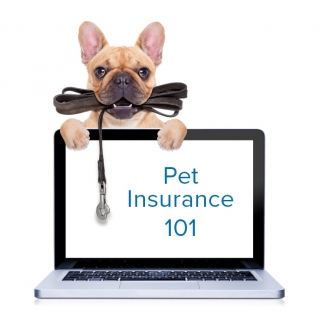
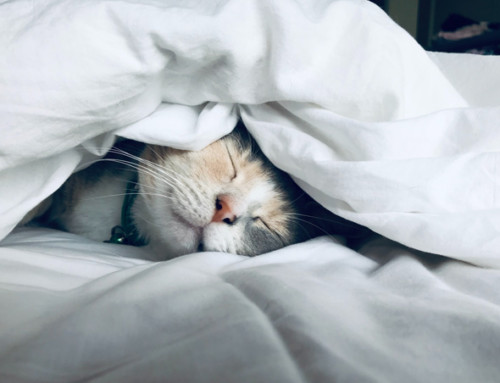
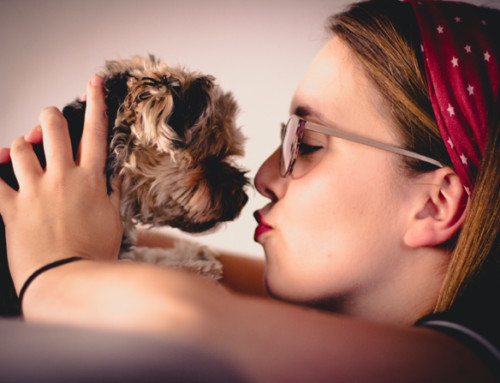
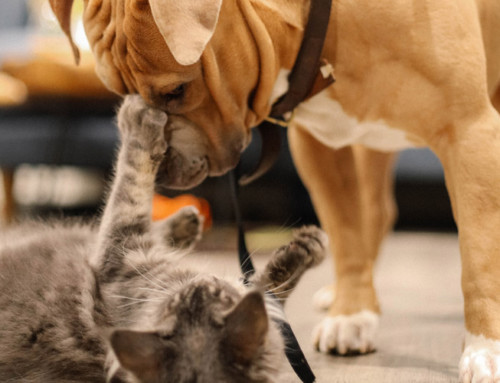
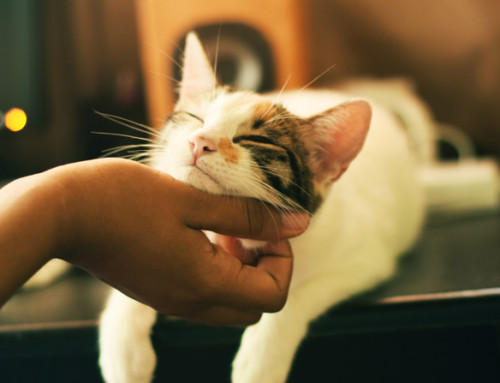

Leave A Comment